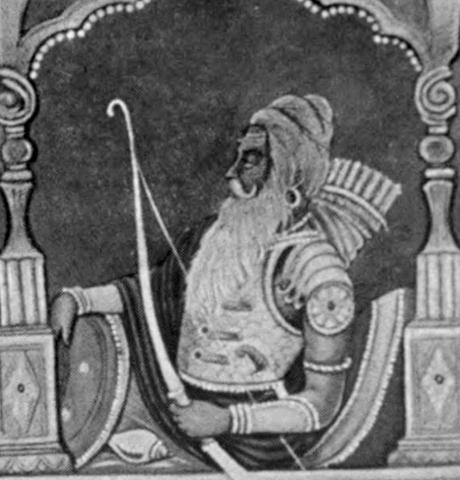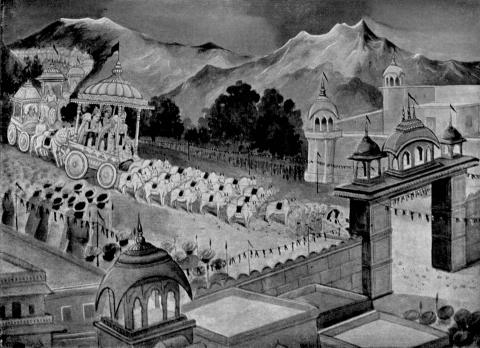March 2022
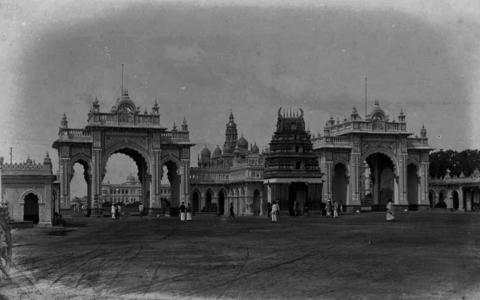
Freedom or Anarchy[1]
Tipu Sultan complained to the then maṭhādipati of Śrṅgeri about the attacks of Marāṭhas on his kingdom. Svāmīji replied –
हसद्भिः क्रियते कर्म रुदद्भिरनुभूयते
“The fruits of deeds that we committed in joy
will have to be experienced in sorrow.”
When I try to ruminate about how we obtained our freedom, I am not surprised to see the way it is growing. It was born with the breaking up of India’s territory.
Indigestion...

Chanchal Rao’s Nourishment of Dharma
P Chanchal Rao was an Āndhra-brāhmaṇa. He was a great Sanskrit scholar and one who had gained expertise in all modern subjects concerning state administration. In conduct, he was extremely honest and pure.
Rao had earlier worked in the Government of Madras. He had authored the Revenue Manual, a compilation of rules and regulations related to real estate. Until very recently, it was the selfsame Manual that...
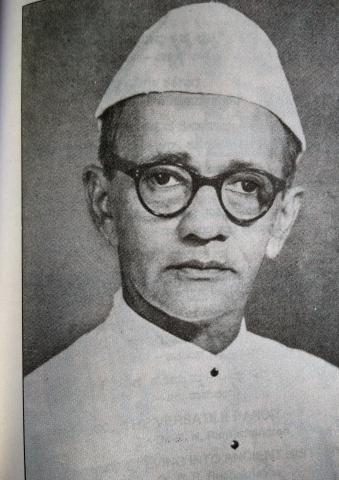
“इदमन्धन्तमः कृत्स्नं जायेत भुवनत्रयं यदि शब्दाह्वयं ज्योतिरा संसारान्न दीप्यते” इत्येतद्दण्डिवचनं श्रद्दधानैः किल भारतीयैः भुवनभासिका भारती पुष्कलं समुपासिता समर्धिता च। अस्मत्प्राचीनैः साक्षात्कृतधर्मभिः दैवी वागन्वभावि; लौकिकी च वाक् समस्कारि। यथा हि शाब्दिकाः कृतकेतरां वाचं यथावदन्वाख्याय मानुषीं भाषां बहुधा व्याचक्रुः, तथैव छन्दःशास्त्रज्ञाः श्रुतिं छन्दःसञ्ज्ञां यथावत् समाम्नाय लौकिकानि बहूनि छन्दांसि प्रतिपादयामासुः। वेदपुरुषस्य चरणत्वेन...
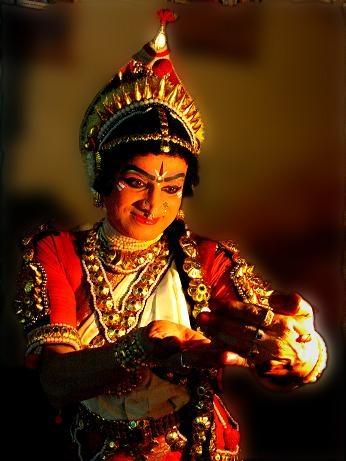
Traditional forms of dance that have their roots in the upa-rūpakas are today called śāstrīya-nṛtya. There are several regional forms of śāstrīya-nṛtya (classical dance) such as Sadir, Tāphā, Keḻikè, Oḍissi, Mohiniyāṭṭam, Kūcipūḍi, Kathak, Maṇipuri, Gauḍīyā and Sattrīya. In fact, several of these dance forms are by-products of the original theatrical traditions. Kūcipūḍi, Mohiniyāṭṭam, Sattrīya and other forms stand as examples for these. These...

The prince rode with his army to the borders of Vidiśānagara and sent word through an emissary to king Meghamālin seeking the hand of princess Haṃsāvalī. An elated Meghamālin himself came to meet Kamalākara and said “O prince! You need not have ridden so far for this. You had to but only send a missive expressing this noble wish of yours. I am indeed in favour of this alliance. Let me tell you why. When Haṃsāvalī was only a little girl, I was...
Introduction
It is natural for artistes to try their hand at bringing novelty to their art. It is rather common to see new experiments and novel presentations being tried out in every form of art. Sanātana-dharma considers the world to be the poetry of the divine. Art is, after all, a part of this Deva-kāvya and we have added beauty to our life-poetry - jīva-kāvya - by innovating from time to time. Bhaṭṭa-nāyaka, one of the prominent...
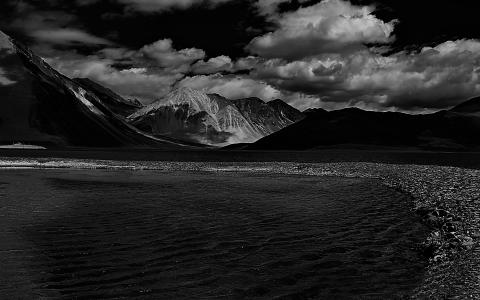
The Antiquity of Karma-vidyā
“Arjuna, what I am explaining to you now is not something new and contemporary. It is something that I had explained to the sun named Vivasvān at the beginning of creation. He, in turn, taught this to Manu, the progenitor of the human race. Manu then gave the same upadeśa to Ikṣvāku, the foremost among kings. Thus, this knowledge of karma has been passed on through many generations. Earlier, many king-sages like...
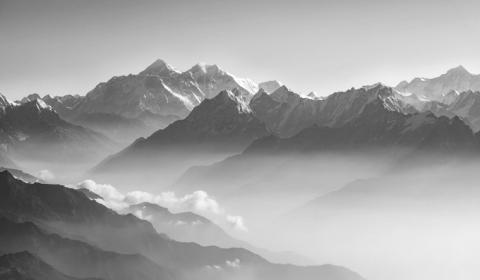
Kauśikī’s words of praise upon seeing Mālavikā perform are noteworthy. Her response is in the form of a verse, whose second half provides incredible insights into all major forms of art including poetry. She says: bhāvo bhāvaṃ nudati viṣayād rāgabandhaḥ sa eva (2.8). It roughly means: “One emotion inspires the next, covering the whole range of feelings. This is how a passionate recital looks like!” We can broadly relate this to literary...

